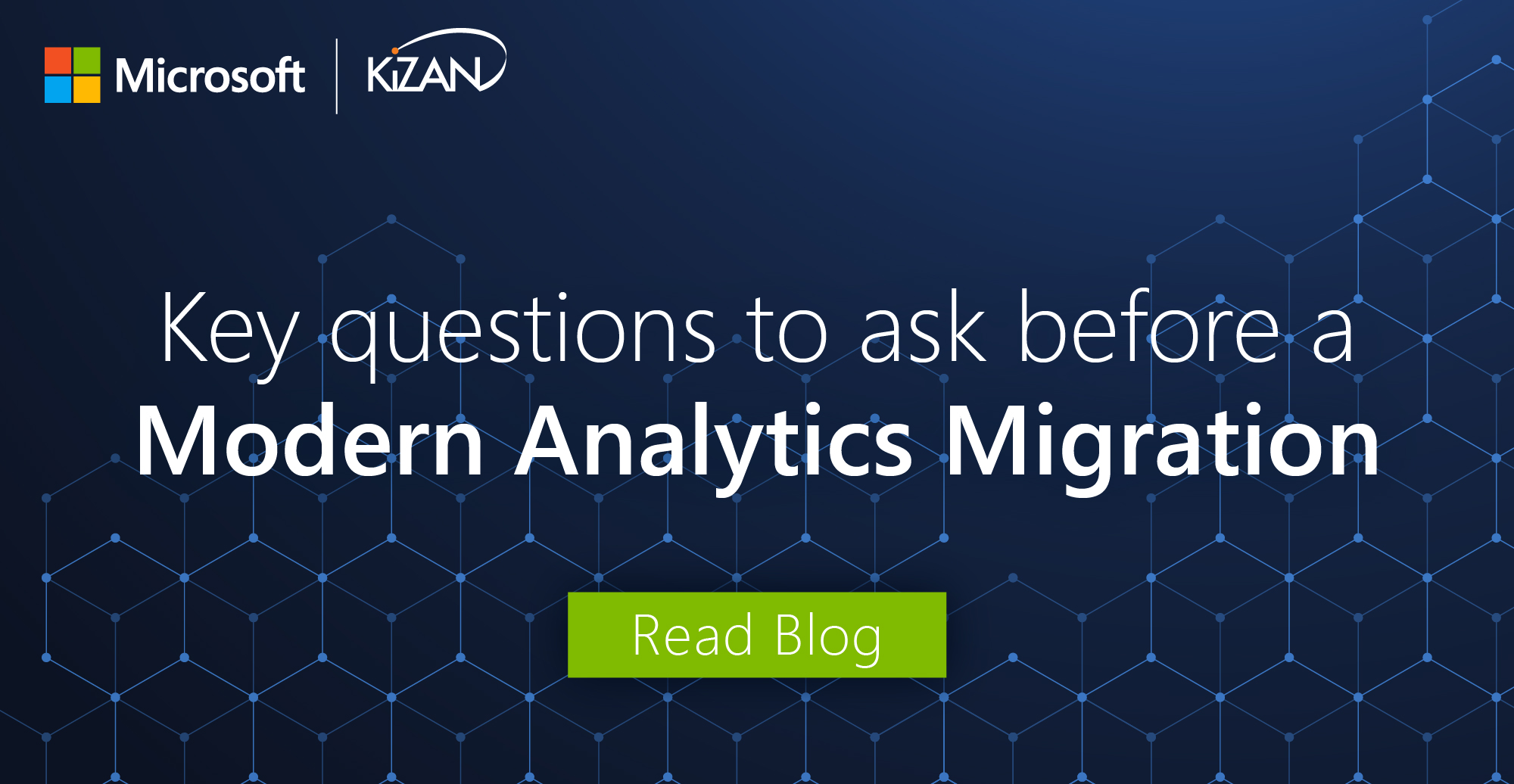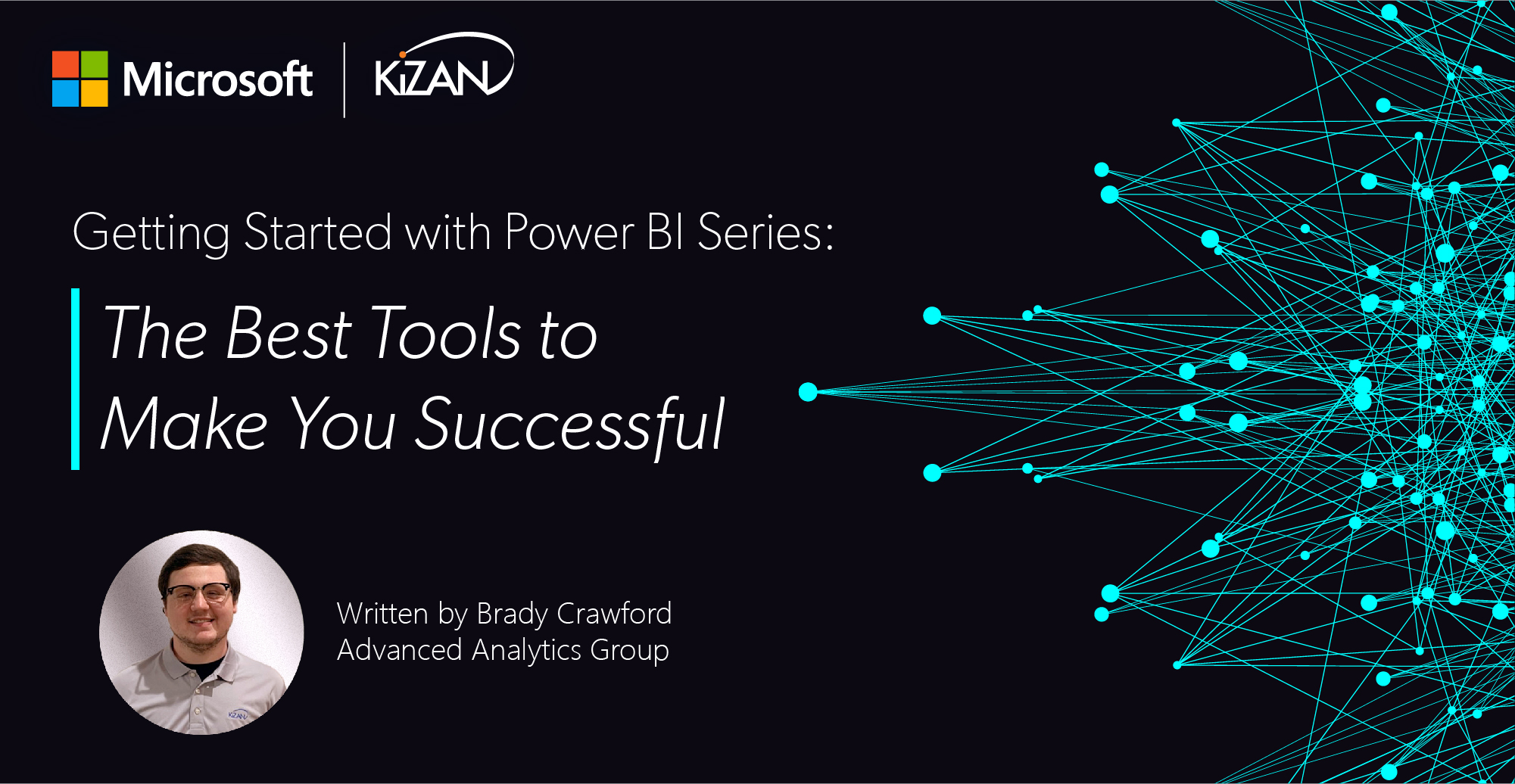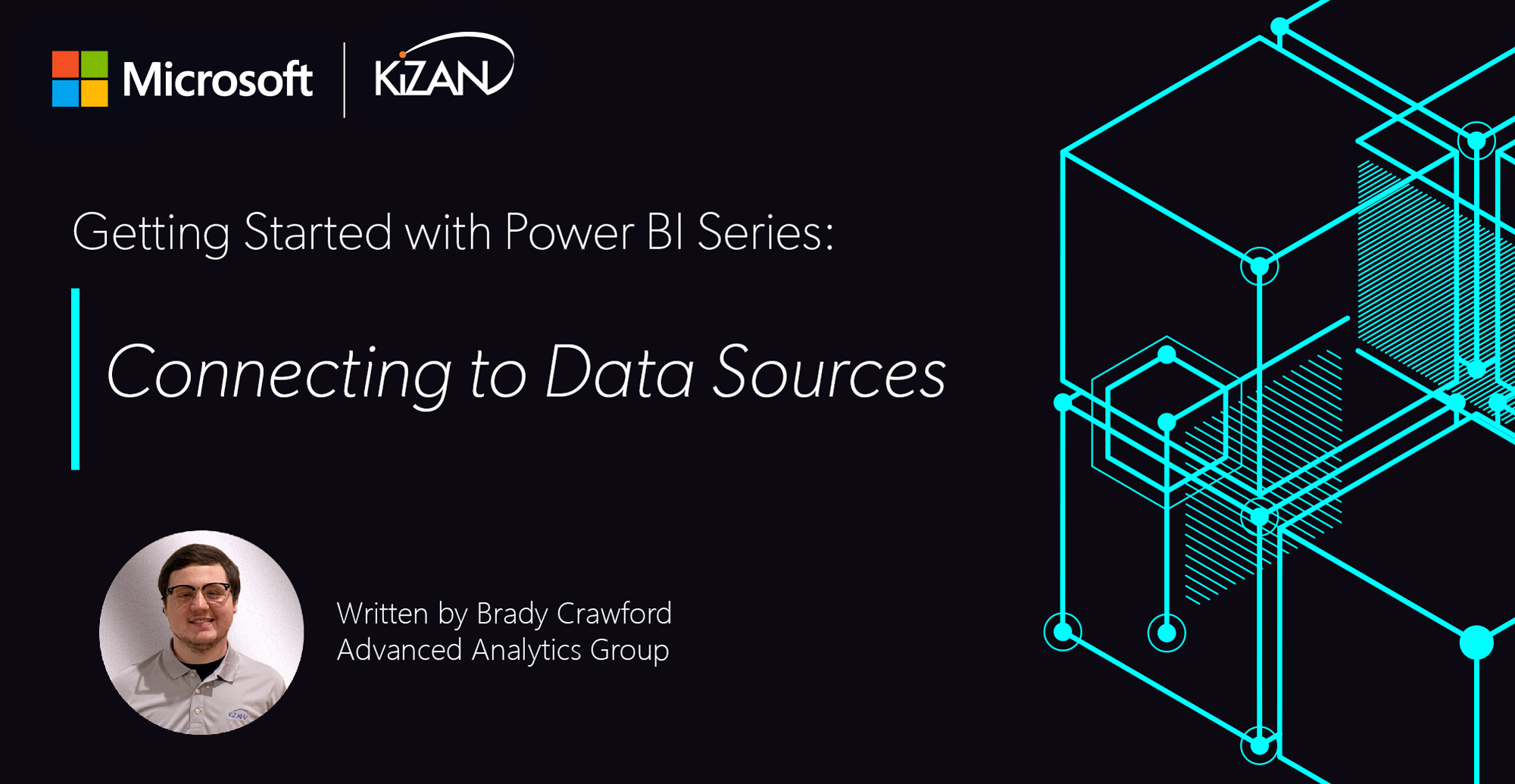
In today's fast-paced business landscape, staying ahead of the competition requires efficient and effective solutions. According to Microsoft’s Work Trend Index, nearly 70% of employee report that they don’t have sufficient time in the day to focus on “work”, with more time being spent Communicating than Creating.
Microsoft 365 Copilot is designed, with Microsoft’s cloud trust platform at its core, to allow for employees to both be more productive, reduce the time spent searching for information, performing mundane tasks, and other low-value activities.
Key questions to ask before a modern analytics migration
Migrating to a modern analytics platform allows for growth and scale as demand for data increases. The flexibility to transform data into actionable insights allows companies to operate faster and more efficiently. In this post, we will review some of the key questions that often assist a smooth migration.
As more and more companies migrate to the cloud, the first area that typically gets selected is reporting. While lifting and shifting reports is common, it is worth the time and effort to review the company's data strategy for analytics.
The first thing to start with is a Proof of Concept. An ideal candidate for a POC would be a medium-sized process that is used either weekly or daily. It would not be a business-critical process nor a small single-page report.
What needs to be analyzed?
When defining a POC, it is best practice to capture what will be analyzed. What topic or department will the project be focused on? (e.g., Sales, HR, Inventory, Distribution, Health Care, or a specific set of use cases) This helps guide the project and prevents deviation from the high-level request.
Where will the data be stored?
Are you collecting all the data? Do you have the correct data? Are there other data sets that would help benefit or enrich your dataset? Document the dataset using simple and easy to understand descriptions. Map out or flowchart the ingestion/transformation logic as much as possible.
What have other companies done and how does it compare?
Shop around and find out if other companies have done similar projects. What were the lessons learned? Was it an in-house migration? How long did it take? Look for use cases, wire wires, or customer testimonials to learn about the process. Gather this information to decide whether to perform the work in-house or hire out.
What will be the impact on reporting?
Approaching a project like this requires taking a step back to see how reporting impacts the company. Are some reports more important than others? Does a report drive key decisions made by leadership? Will the end-users be developing the reports? Who has ownership of the report and the data? For a POC, this is often a standalone instance, but for next steps, it is important to define these roles and responsibilities upfront.
Can data be accessible without IT intervention?
The state of business is ever-increasing in complexity. Can the data be provided by self-service methods? Can data be accessed and controlled on a user-by-user case to build reports without involving IT? Allowing end-users to have control over data can be a security risk and will require action to review.
What are the most efficient sources of data?
The old saying of garbage in, garbage out applies here. Will the data source require significant cleanup, or will heavy transformation need to be applied? This can limit the scope of the POC as these complexities will take time to discover and build into the project. The best way to avoid a complex report is to offload the work to other preparation stages and have reports be simple and as fast as possible.
What key features of the product outweigh the negative?
When selecting a product to use for analytics, what are the strengths and weaknesses of each platform? Are the report developers familiar with the toolset? Will training be required? Are there different roles or consumers of the reports that need to be addressed? Gathering a list of use cases or bullet points that are key to a successful migration is important. Have a survey or collect feedback about what people would like to see or not see in the new product.
How to identify report usage and consumer satisfaction?
Monitoring report usage is key to providing a modern analytics platform. How will you determine if the platform is used as intened or if ROI is achieved? Capturing metrics on a platform is key to its success. When it does not get used or adopted by the company it will need to be re-evaluated in a few years. To overcome this, monitoring solutions should be evaluated to make improvements or increase performance.
What are the main reasons to use a modern analytics platform?
- Deeper insights into the company's data sources
- Efficient pipelines to keep things running smoothly
- Faster decisions made by data consumers
- Less maintenance as automation drives innovation
- Continuous security with the latest and greatest defense postures
- Competitive advantages over other companies
In closing, we have seen and delivered successful migrations by addressing these items:
- First, gather the information and assemble a team.
- Clearly define the scope of the project.
- Set expectations of end-users to meet their needs.
- Utilize metrics to show improvements, audit security, and capture the performance and reliability of each report.
- Determine who is responsible for what roles in the process and establish checkpoints along the way.
- Finally, pick a technology, build a POC, document, deploy, and monitor for a time period. This will help gather the information necessary to make the decisions before fully committing to a modern analytics product.
Power BI Proof of Concept Solution
Adopting a new business analytics platform is a serious decision. A tangible proof of concept solution will answer your questions about the capabilities of the Power BI platform in unlocking the insights hidden in your data and help you fully understand the suitability of Power BI for your business analytics needs.
KiZAN is a Microsoft National Solutions Provider with numerous gold and silver Microsoft competencies, including gold security and gold enterprise mobility management. Our primary offices are located in Louisville, KY, and Cincinnati, OH, with additional sales offices located in Tennessee, Indiana, Michigan, Pennsylvania, Florida, North Carolina, South Carolina, and Georgia.





